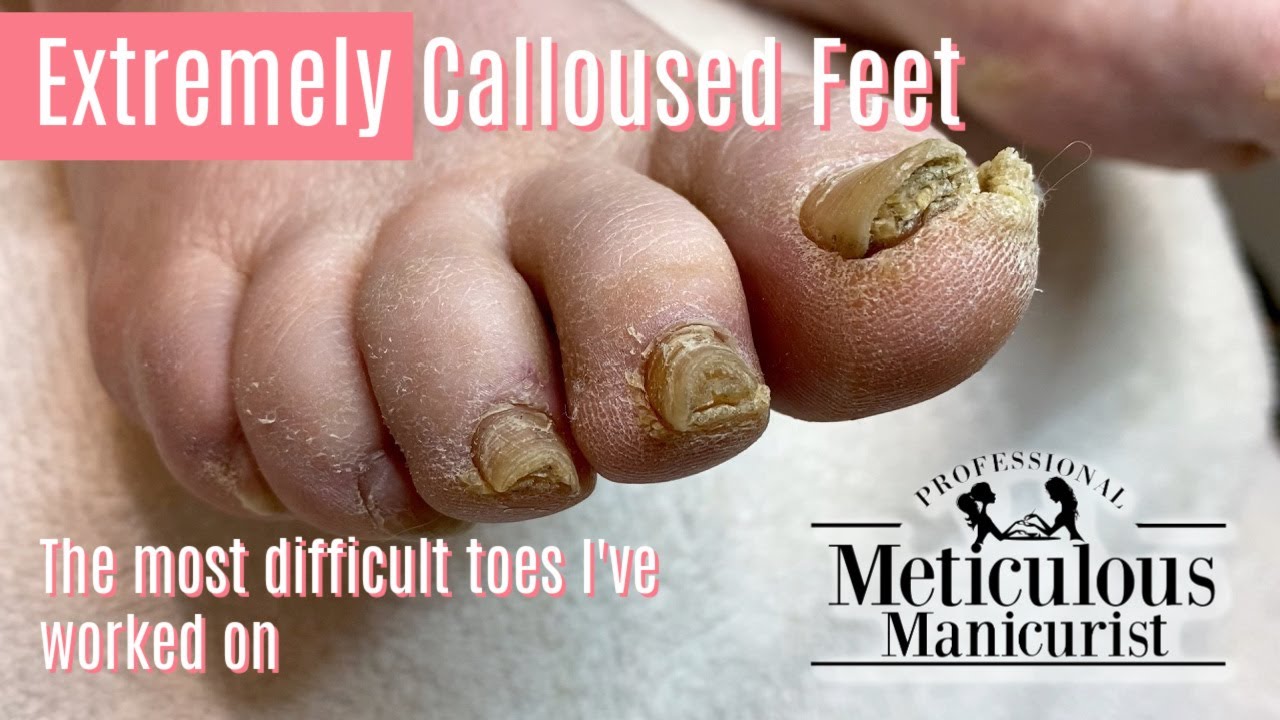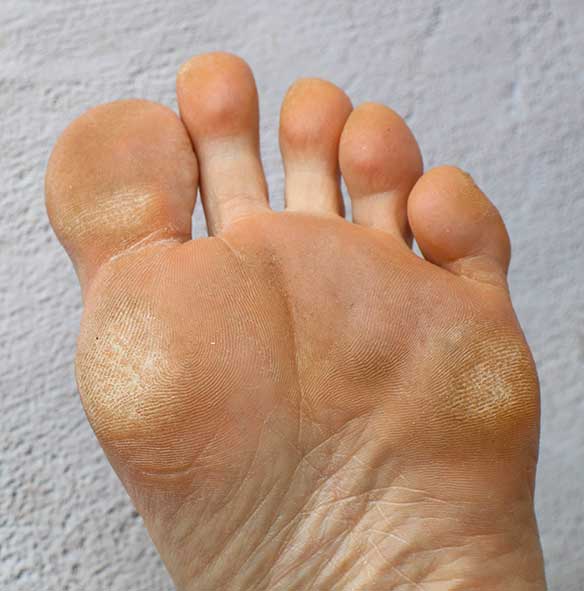Exemplary Tips About How To Treat Calloused Feet

If there is a sign of infection, the doctor may prescribe.
How to treat calloused feet. Using a pumice stone first to rub off the dead skin from a callus after a bath or shower and then applying moisturizing cream can also be effective. Treatments such as corn plasters (corn pads) will reduce the pressure on your corn but will not actually treat the corn. Don’t try to get the whole callus off at once.
Do wear thick, cushioned socks wear wide, comfortable shoes with a low heel and soft sole that do not rub use soft insoles or heel pads in your shoes soak corns and calluses in. If you have corns or callus, you can treat them yourself occasionally by gently rubbing with a pumice stone or a foot file when you are in the bath and applying moisturising cream to. Corns and calluses are a buildup of hard, thick areas of skin.
Don't try to cut or shave down a corn or callus, as this may lead to an infection. Rubbing away a corn or callus may take a week or longer. You can treat calluses on your hands and feet by using home remedies and seeking medical attention for stubborn or painful calluses.
Soaking your feet in warm water for at least ten minutes, and using thick moisturizers and lotions once the skin is. There are also stronger creams. Soak the affected foot in warm water for 10 to 15 minutes or until the callus.
Epsom salts can help soften calluses in preparation for other treatments, such. Although these hardened areas of skin can form anywhere on. Most plantar calluses can be treated at home.
Corns and calluses are patches of hard, thickened skin. Overview what are corns and calluses? Epsom salts adding epsom salts to a bath of warm water can help treat calluses.
Then, use a pumice stone to file away the layers of dead. Advice and options to treat corns and calluses include the. For a recently developed callus that is not very large or thick, you can follow these steps:
Part 1 relieving calluses at. To treat a corn or a callus, start by soaking your feet in warm water to soften the thickened areas of skin. The doctor will examine the feet, ask the person about their lifestyle, and check the person’s footwear.
A pumice stone can be especially handywhen you have a callus on the bottom of your feet or on your elbows, where it’s hard to see. After soaking your callus thoroughly, apply the pressure of the pumice stone to your callus and rub in a circular motion.


















